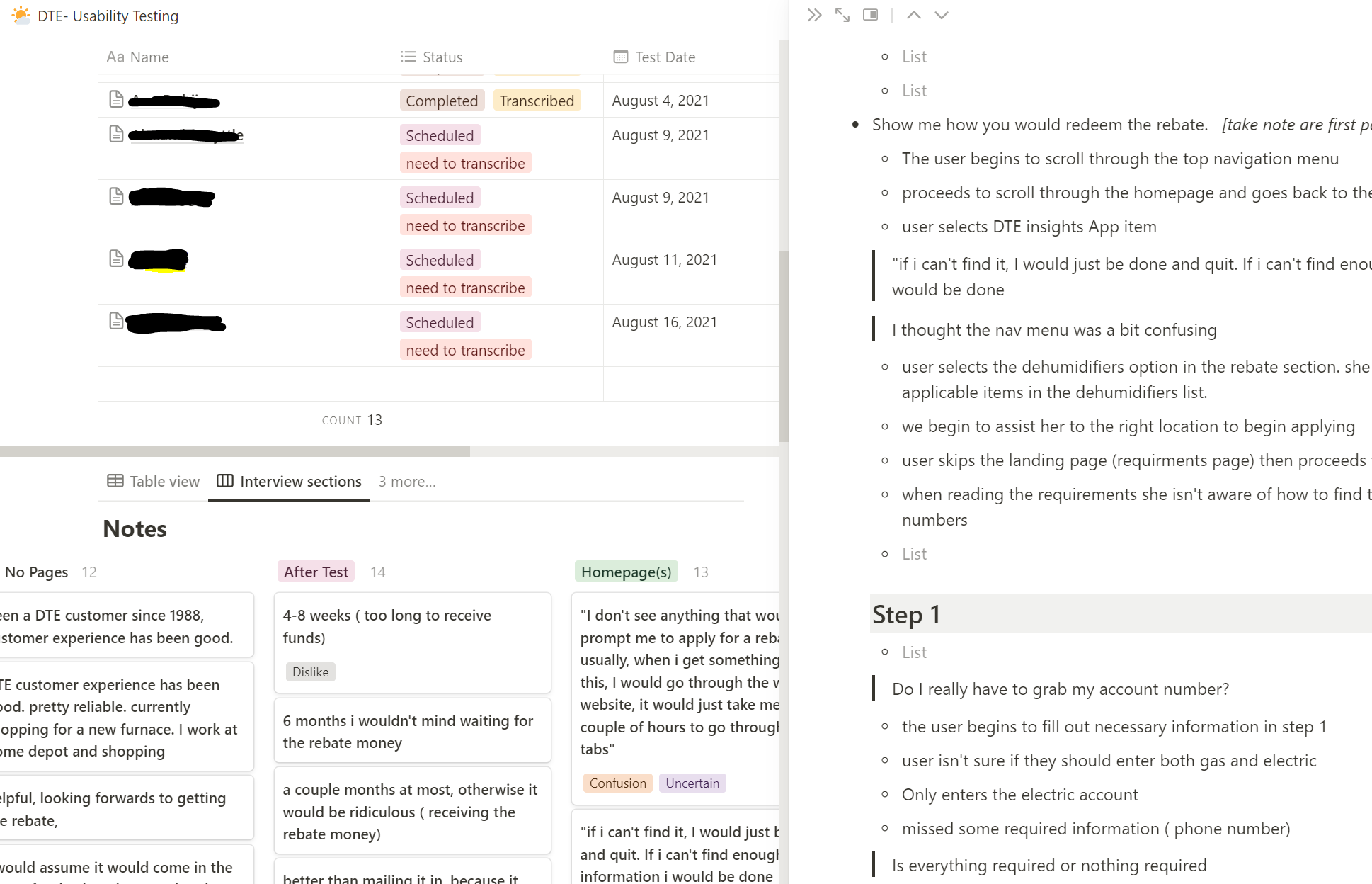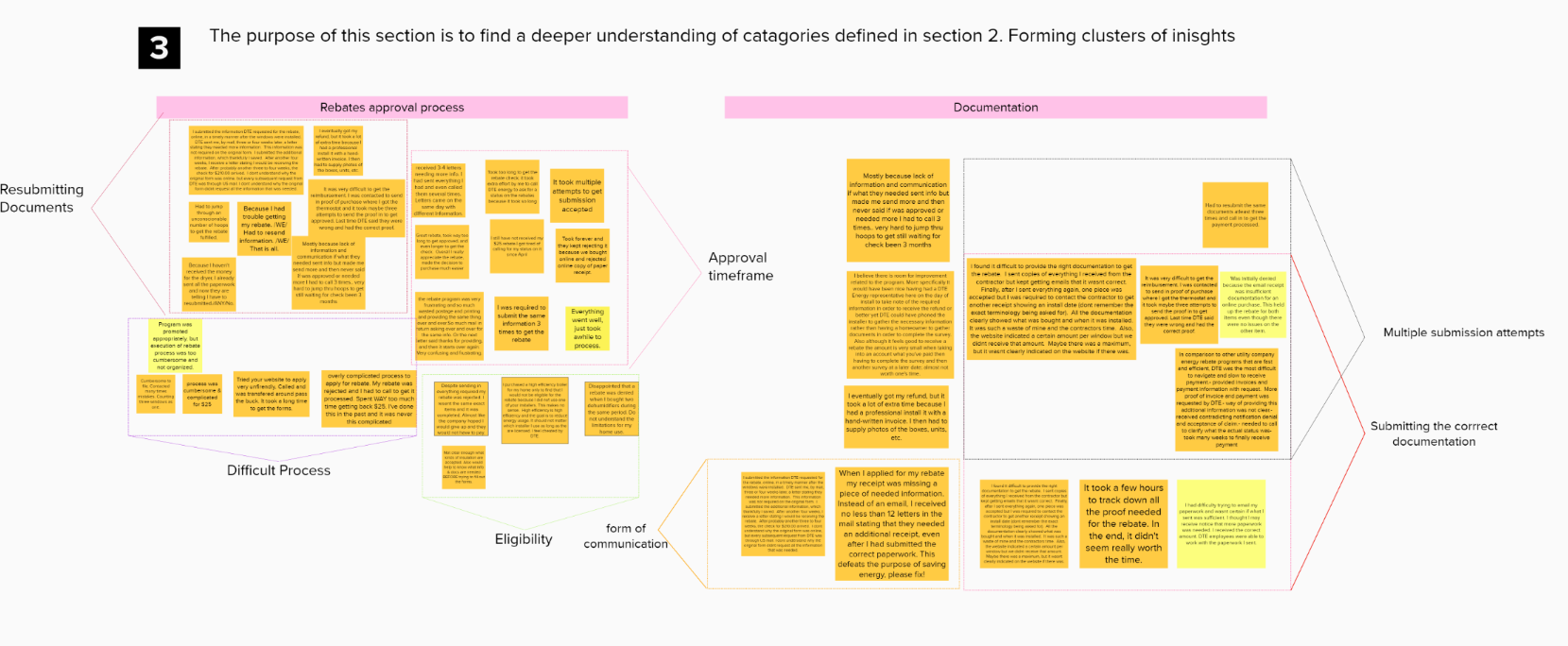Energy Efficiency Rebate Exchange
Within the rebate-claiming experience, we're tackling a common challenge: making it easier and more efficient for customers or businesses to get the rebates they deserve. This process often involves a lot of paperwork, unclear rules, and frustratingly long waits for the rebate to come through. Our goal is to simplify this journey, make the rules crystal clear, and speed up the process, all while keeping it user-friendly. By doing so, we aim to boost customer satisfaction, increase rebate redemptions, and help businesses run smoother.

.jpg)





